|
HOME: www.hiltonpond.org |
|||
THIS WEEK at HILTON POND Subscribe for free to our award-winning nature newsletter (Back to Preceding Week; on to Next Week) |
11-19 Nov 2017 & 20-28-Jan 2018 Come be part of a real |
MID-SUMMER FLOWERS: Although we've installed a number of native plants at Hilton Pond Center, our 11-acre sanctuary hosts fewer wildflowers than an undisturbed same-sized tract in South Carolina's Piedmont Region. This floral scarcity is all because of agricultural history: When we purchased the property in 1982 it was an old farm grazed by cattle and/or in row crops for a century or more. Grazing--and lawn mowers--are bad enough for native flora, but when land is plowed for a hundred years to grow cotton, corn, tobacco, or soybeans, the soil loses seed bank and rootstock from native flora. Post-farming, nature has to start over "from scratch" to re-vegetate a depleted landscape. The most successful re-colonizers at the Center have been trees--primarily Eastern Red Cedar, Shagbark Hickory, Common Persimmon, and Black Cherry--their fruits brought in by birds and small mammals. Windblown seed from Loblolly Pine, Sweetgum, and Winged Elm also ended up at Hilton Pond Center, with all these species combining to cover our former farmland with what is now a young (36-year-old) mixed forest. Re-population by ferns and wildflowers hasn't kept pace with the trees--hence a relatively small local inventory of herbaceous flora. Even so, during July's first half we observed quite a few mid-summer flowers (both native and exotic) and present some of these in the portfolio below.
All text, maps, charts & photos © Hilton Pond Center By far our most plentiful and most conspicuous flowering plant during July's first half was Queen Anne's Lace, Daucus carota (above), whose white umbels populate roadsides and small meadows at Hilton Pond Center. Also known as Wild Carrot, this non-native probably arrived in North America with the earliest settlers from Europe. Its 3"-4" inflorescence produces dozens of seeds that sprout readily in spoil areas where the plant easily out-competes native flora. Although we sometimes find small invertebrates on its flowers, entomologists have determined Queen Anne's Lace attracts many more pollinators within its native range in Europe and southwest Asia. (Note the single, dark purple-red floret at the umbel's center. Folklore claims this is a drop of blood from Queen Anne of England, who pricked herself while making lace--hence the plant's unusual common name. The alternate epithet of "Wild Carrot" denotes the plant's white carrot-like root; in fact, cultivated carrots probably were developed from this wild form.)
All text, maps, charts & photos © Hilton Pond Center Almost as common as Queen Anne's Lace in the Center's mini- meadows is Daisy Fleabane, Erigeron annuus (above), another plant with white inflorescence. This prolific native is in the Sunflower Family (Asteraceae); its three-quarter-inch composite blossoms include a ring of ray flowers--mistakenly called "petals"--and dozens of tiny yellow disk flowers. Fleabane's ray flowers are sterile and help attract nectar-eaters such as native bees, flies, and wasps, with each pollinated disk flower producing an individual seed. (NOTE: Ray flowers in this species sometimes start out pink or lavender but typically fade in harsh sunlight.)
All text, maps, charts & photos © Hilton Pond Center Perhaps more familiar than Daisy Fleabane is its larger look-alike namesake, Oxeye Daisy, Leucanthemum vulgare (above, formerly Chrysanthemum leucanthemum). This 2"-3" diameter composite originated in Europe and temperate Asia, where it generates mixed feelings because it can be invasive even as a native. (Some people love it, some love it not. It is called "gools flower" in Scotland, where wheat farmers whose fields had too many "gools" where taxed at a higher rate.) Across the U.S. it is shunned by cattle and sometimes becomes a noxious weed that nearly takes over graze land and old fields. Principal pollinators are native bees, flies, wasps, and small butterflies.
All text, maps, charts & photos © Hilton Pond Center While wandering around Hilton Pond in search of mid-summer flora, we encountered a third composite. We had never seen this flower locally in 36 years and did not quite recognize it, obviously meaning it is not on the inventory for the Center. Some members of the Asteraceae are notoriously difficult to identify, hence the botanist's habit of referring to them as DYCs--"Damned Yellow Composites." Because these particular yellow ray flowers were translucent and had serrate tips, we postulated it was one of the Lactuca species, known commonly as Wild Lettuce. There are more than 50 species of Wild Lettuce worldwide, some native to North America but most originating in Europe and Asia. We ruled out several with blue flowers, but that still left us with three dozen yellow Wild Lettuce species to pick from. To be honest, we never could come to a conclusion about which Wild Lettuce our new flower might be--or whether it was even a Lactuca in the first place. (Several related genera that look very similar.) Our image didn't quite match descriptions or photos of any Lactuca species we found in field guides or on-line, especially because: 1) the reproductive structures were white with dark sections; 2) there were several layers of ray flowers; 3) the flowers arose from the stalk singly rather than in clusters; and, 4) leaves were very narrow. Making matters worse, it was a little difficult to study this plant for very long because flowers that opened in the morning close up by noon. Suffice it to say that, for the moment, we're settling for calling it a DYC. (NOTE: If you have a positive ID for this plant, please let us know via e-mail at INFO. We'd be happy to update this photo essay AND our plant inventory.)
All text, maps, charts & photos © Hilton Pond Center Our fifth and final composite was a little less confusing, although the one we found at Hilton Pond Center is so similar to its congeners that even botanists argue about identification. We finally decided ours was Elephantopus tomentosus (above), which goes by the foreboding common name of Devil's Grandmother. A similar species, E. carolinianus, Leafy Elephant's Foot, is best differentiated because its leaves are in whorls. (Our E. tomentosus is sometimes called Hairy Elephant's Foot because its leaves have fuzzy edges, as shown above.) Both these composites are unusual in that they lack sterile ray flowers and have only a small cluster of 2-4 disk flowers. Each of the flowers in our image is only about half an inch long, so you can estimate the considerably smaller size of the even tinier flies gathering nectar and likely pollinating the blooms. (NOTE: If you know common and/or scientific names for these dipterans, please send to INFO.)
All text, maps, charts & photos © Hilton Pond Center One native wildflower that has become more abundant at Hilton Pond Center in the past decade or so is Carolina Wild Petunia, Ruellia caroliniensis (above). We suspect this species is able to extend our local population because its seed capsules explode with enough force to scatter fruit a few yards from the mother plant. (It also propagates via underground runners.) Turns out Carolina Wild Petunia is not a petunia at all but a member of the Acanthaceae--the Acanthus Family. (True Petunias are in the Nightshade Family, Solanaceae, along with tomatoes and Horse-nettle.) A half-dozen or so Ruellia grow in the Carolinas but most of the 250 species occur in tropical America, Africa, and Asia. The genus--in fact, the whole family--is "well known for its taxonomic problems"--and is so large and diverse some botanists divide it into several genera. Flowers of Carolina Wild Petunia, which last only a day, are pollinated by bees and are visited by nectar-eating butterflies; the plant's foliage is relished by larvae of the Common Buckeye butterfly, Junonia coenia.
All text, maps, charts & photos © Hilton Pond Center Even if you don't recognize the three-quarter-inch pinkish-white flower cluster from its close-up above, one peek at the distinctive leaf in the background will tell you it's a clover--in this case White Clover, Trifolium repens. (The genus name, quite obviously, refers to the tripartite leaf, while the species means "creeping"--a reference to the plant's ability to propagate by sending out runners.) Amazingly, this ubiquitous plant that grows in diverse habitats across North America is not native but was introduced from Europe as a protein-rich forage crop for cattle and other livestock. At Hilton Pond Center it is an apparent favorite of Eastern Cottontails. (NOTE: White Clover is potentially toxic to livestock because it contains a glycoside that turns to prussic acid when eaten. To offset this danger, plant breeders have developed strains lacking the glycoside.) White Clover, a herbaceous perennial legume, is also a nitrogen-fixing plant, i.e., symbiotic bacteria living in nodules within its root system capture free nitrogen and sequester it, thus enriching and fertilizing the soil. Pollination is principally by Honeybees and large native bees whose tongues are long enough to fit the numerous floral tubes that comprise the flower head. It's interesting that even though White Clover is non-native, native butterfly species such as Sulfurs and the Eastern Tailed-Blue are able to use it as a forage plant for larvae.
All text, maps, charts & photos © Hilton Pond Center Perhaps the most unusual plant we found flowering in early July at Hilton Pond Center was Anglepod, Gonolobus (formerly Matelea) suberosus (above), so-named because of the sharp edges on its seed pod. We think a better name might be "Stinkvine" because we actually smelled these little three-quarter-inch flowers before we saw them. Their nectar aroma might be described as "Eau de Landfill" in that it stinks like garbage or rotting roadkill. To be sure, while we photographed (nose firmly held twixt thumb and forefinger) the carrion-like odor served as an irresistible magnet for several species of flies, including the pale white one pictured above--possibly a Lauxaniid. Stench-loving flies are undoubtedly the vine's pollinators. Oddly enough, this perennial native plant is a Milkweed--that group of plants famous as hosts for Monarch butterfly larvae. We doubt many caterpillars dine on Anglepod because we never see any nibble marks or holes on its nearly circular four-inch leaves. Even so, we can't imagine Anglepod foliage would taste as bad as its flowers smell.
All text, maps, charts & photos © Hilton Pond Center Last but certainly not least among our July-flowering plants at Hilton Pond Center was another native vine--this one with unmistakable four-inch tubular orange blossoms that are tailor-made for hummingbirds with long, thin, flower-probing bills. Indeed, in our judgment, Trumpet Creeper, Campsis radicans (above), is the single most important North American flowering plant for Ruby-throated Hummingbirds (RTHU). We say this because Trumpet Creeper is widely distributed across nearly all RTHU breeding range, excepting very northern states and southern Canada. In addition, Trumpet Creeper begins flowering in May when our first ruby-throat nestlings hatch and continues making copious nectar until early September when hummers begin their return to Neotropical wintering grounds. Trumpet Creeper is pollinated primarily by Ruby-throated Hummingbirds, but a variety of insects such as metallic bees (see photo above) may also play a role. Even if we don't have a plethora of mid-summer wildflowers at Hilton Pond Center, those that do occur locally seem to be doing pretty well--perhaps because we don't use insecticides and other chemicals that could kill any or all those pollinators that play such critical roles in native (and non-native) plant propagation. All text, maps, charts & photos © Hilton Pond Center Don't forget to scroll down for Nature Notes & Photos, 
Checks can be sent to Hilton Pond Center at: All contributions are tax-deductible on your |
|---|
|
"This Week at Hilton Pond" is written and photographed by Bill Hilton Jr., executive director of Hilton Pond Center for Piedmont Natural History
|
|
|
Please refer "This Week at Hilton Pond" to others by clicking on this button: |
Comments or questions about this week's installment? Send an E-mail to INFO. (Be sure to scroll down for a tally of birds banded/recaptured during the period, plus other nature notes.) |

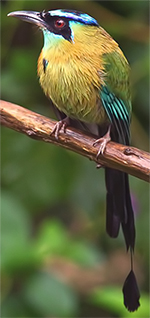 STILL TIME TO SIGN UP
STILL TIME TO SIGN UP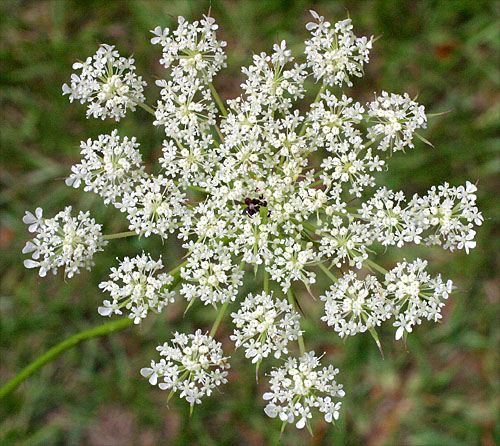
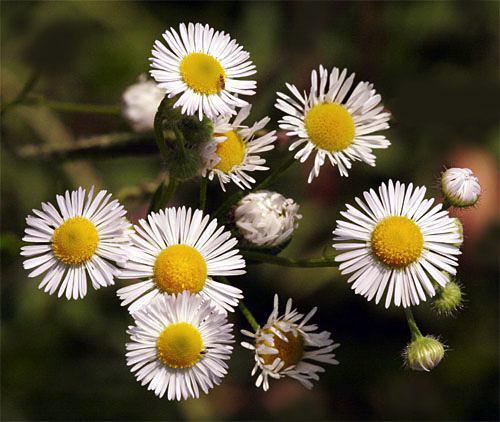
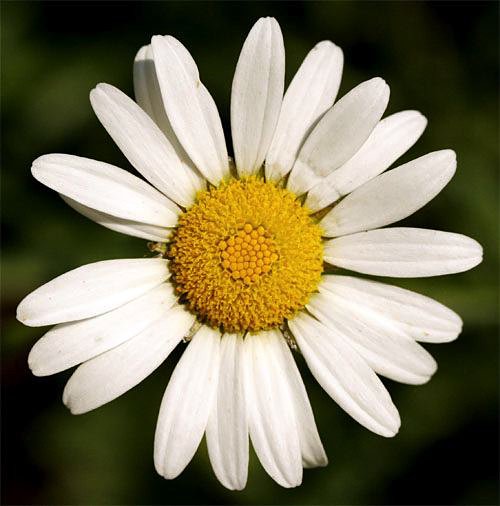
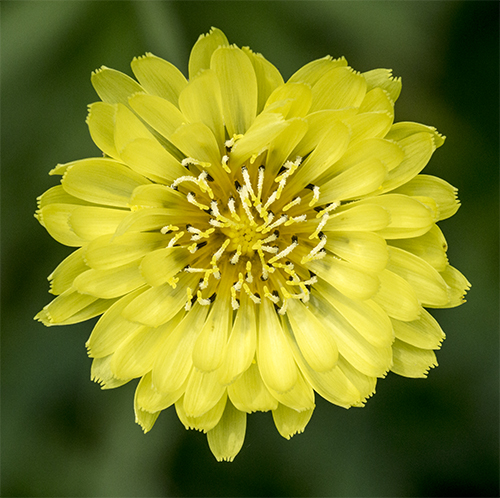

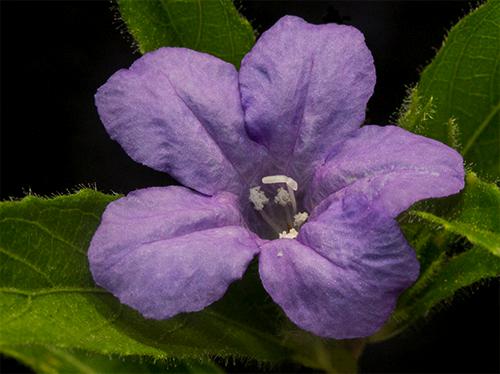


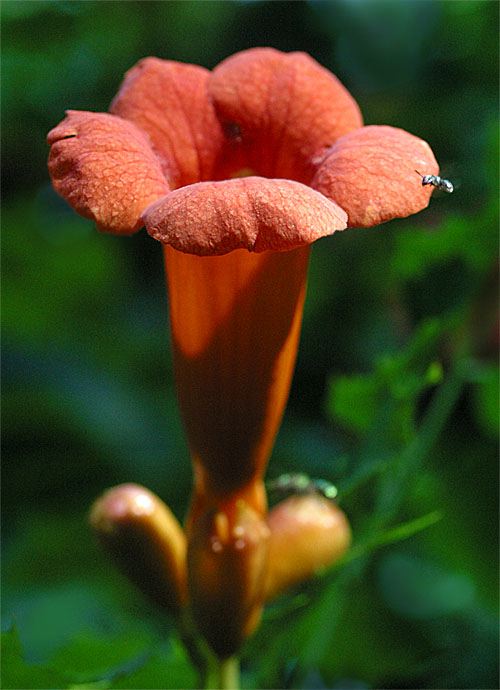
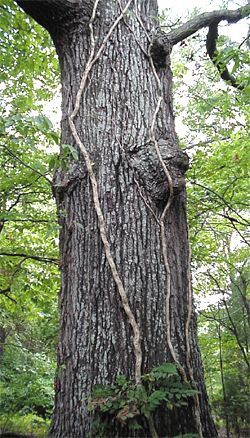 Although some gardeners dislike Trumpet Creeper--erroneously called "Trumpet Vine" or "Trumpet Flower" or "Hummingbird Vine"--because it can get a little rowdy, it's a simple matter of training the vine on a trellis or tree that can support it as it grows skyward.
Although some gardeners dislike Trumpet Creeper--erroneously called "Trumpet Vine" or "Trumpet Flower" or "Hummingbird Vine"--because it can get a little rowdy, it's a simple matter of training the vine on a trellis or tree that can support it as it grows skyward. 







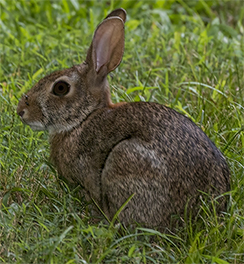
 Please report your
Please report your